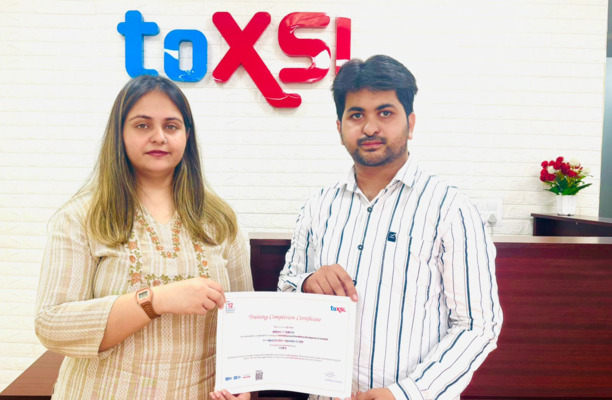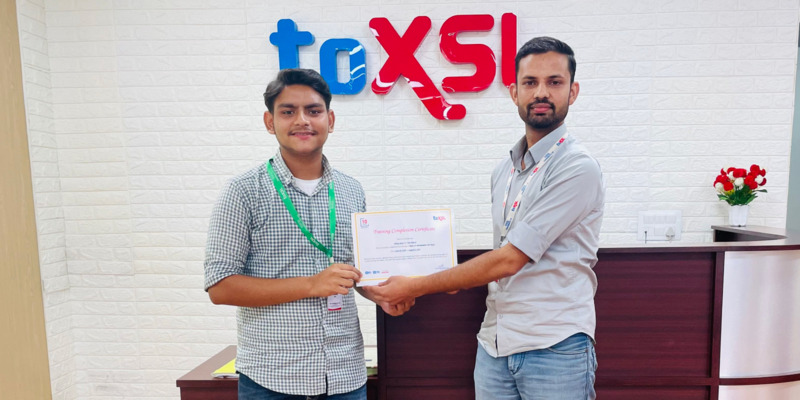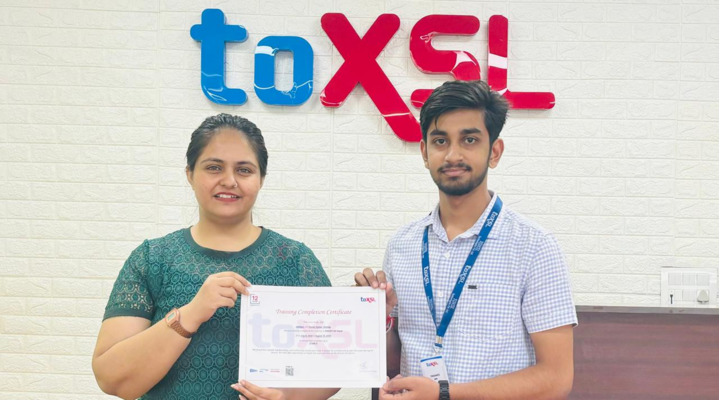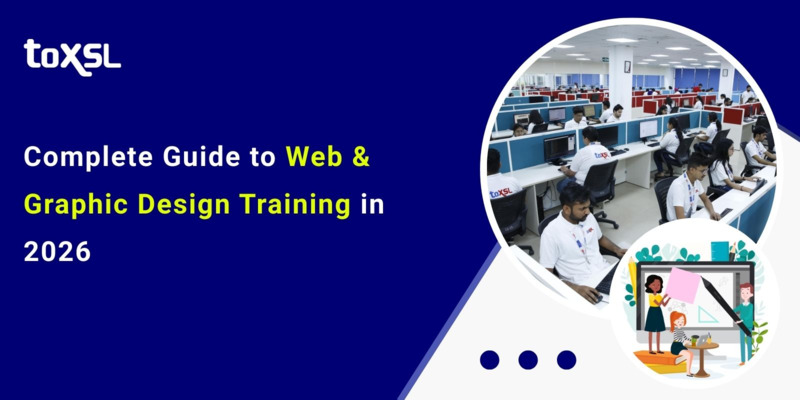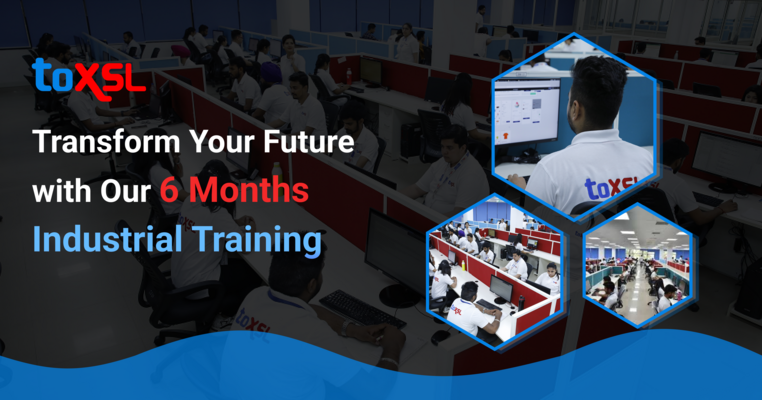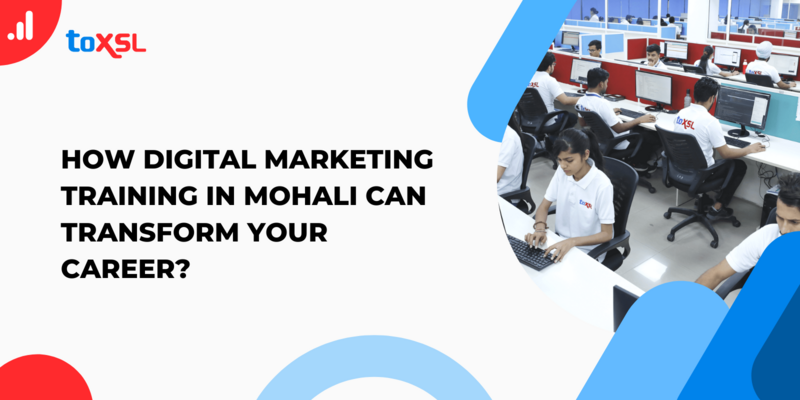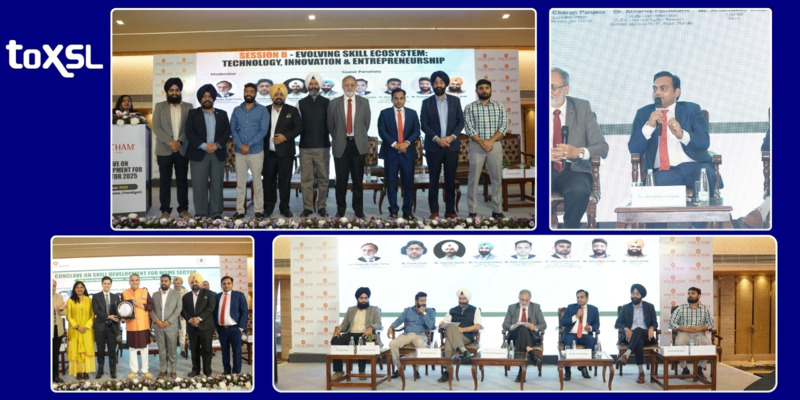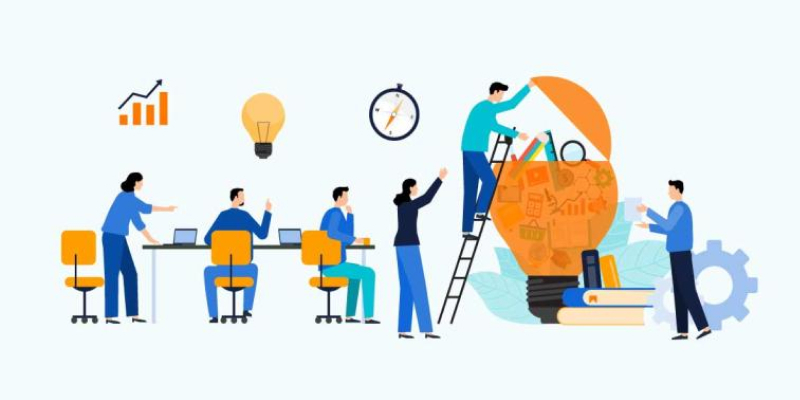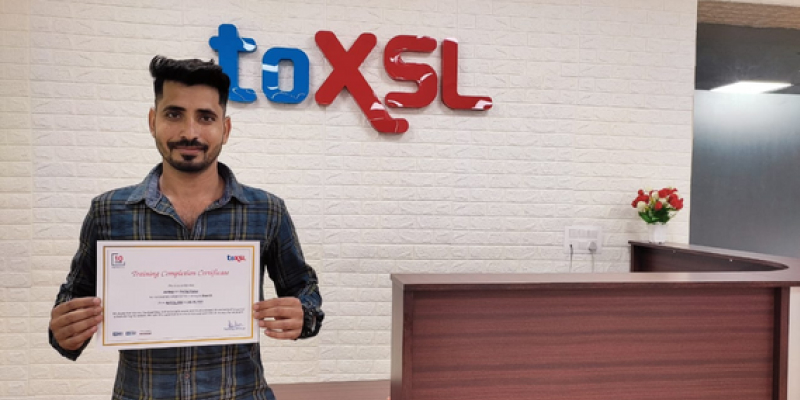
May 04, 2023
Trainings
Congratulations on successfully completing the ReactJS training! You have undoubtedly worked hard to gain a thorough understanding of this popular JavaScript library and have shown a great deal of dedication and commitment to your development career. The skills you have acquired during this training will certainly help you to build dynamic web applications with ease. ReactJS is an integral part of modern web development. By mastering this technology, you have given yourself an edge over others in the competitive tech industry.
Keep up the good work and continue to apply your new-found knowledge to your projects. We wish you all the best in your future endeavors!
